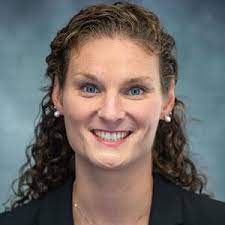Last Updated on June 23, 2022 by Laura Turner
Though many prospective medical students focus only on applying to domestic MD and DO programs, international medical schools also offer a route by which to obtain a medical education. While some international schools follow a six-year curriculum that begins with undergraduate work, others follow a four-year curriculum that mirrors medical education in the US and Canada. If you are completing your undergraduate education in the US and planning to attend a four-year medical school, you may consider applying to international medical schools that have a similar curriculum to the US. Use this pro/con list to determine if applying to international medical schools is right for you.
Pro—The opportunity to work with a greater number of patient populations
Medical schools often serve the communities in which they are situated, and attending an international medical school may thus mean that you will learn about the specific health needs and challenges of the local populace. Additionally, since some international medical schools offer clinical rotations in the US, students from these schools may benefit from being exposed to a greater variety of patient populations than they would encounter at a domestic school.
Con—Potential difficulty matching into a US residency
While the number of domestic medical schools and medical students is growing, the number of US residency positions has stagnated. A surplus in medical students with a paucity of available residency spots means that matching into a US residency is becoming more difficult. International students may find this process even more difficult than their domestic counterparts, as additional hurdles in licensing and institutional biases may hinder their application processes. Before applying to an international medical school, consider your willingness to practice medicine abroad if the domestic match process does not go favorably.
Pro—More diverse classmates
Since international medical schools draw students from many countries, students at these schools may benefit from a cross-cultural perspective not present at all domestic medical schools. Appreciating these varied perspectives might help students better understand differences in healthcare administration, population health, and health challenges faced by humans on a global level.
Con—Additional expenses, like travel and visas
Attending an international medical school may come with a steeper price than a domestic school. Plane tickets, visas, and other costs associated with establishing yourself as an international student may pile on top of your tuition and living expenses. While a few extra thousand dollars on top of the hefty price of attending medical school may not seem like much now, remember that any additional loans you take out will impact your total debt upon graduation.
Pro—Acceptance of international students
Few US medical schools accept international students, so international students who completed their undergraduate education in the US and want to attend a four-year medical school have limited application options. Applying to international medical schools can help expand the number of schools to which international students may apply, thus increasing their chance of acceptance.
Con—Fewer research opportunities
Although many international schools participate in research, international schools unaffiliated with a hospital system may not offer many research opportunities for medical students. For students interested in applying to residencies that prefer research experience, limited access to participation in research projects may adversely affect residency opportunities. Be aware of medical student participation in research prior to applying to international schools.


